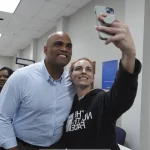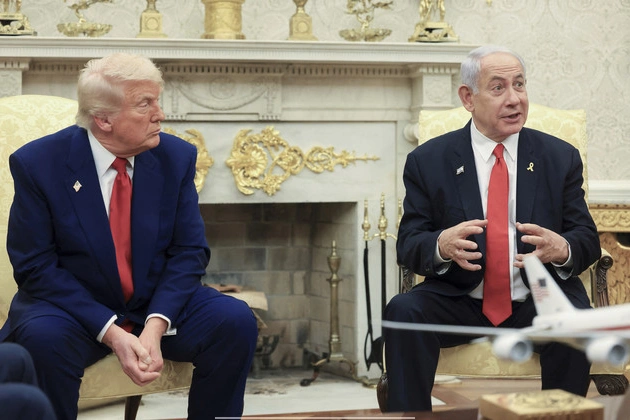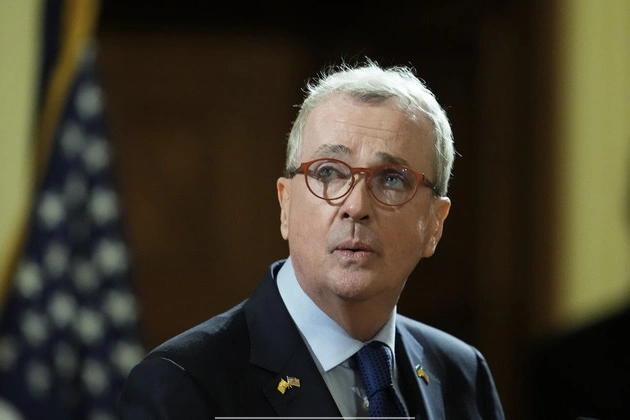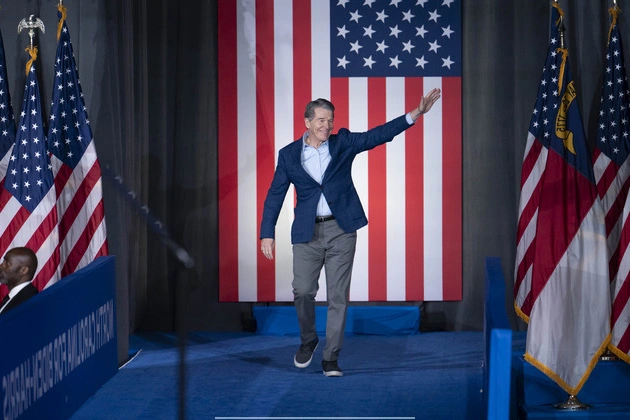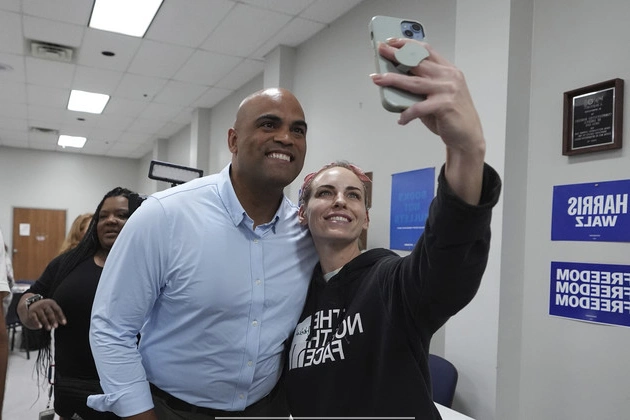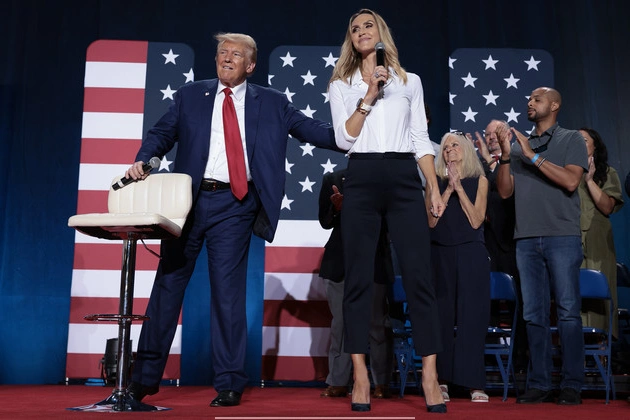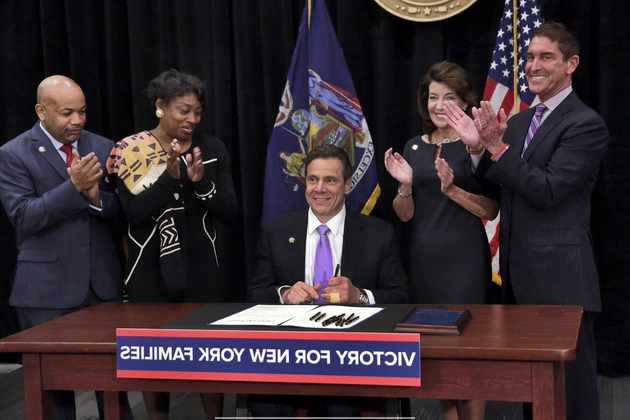
Introduction: Cuomo’s Minimum Wage Journey
Andrew Cuomo, the current frontrunner in the mayoral race, has had a complex history with the minimum wage issue in New York. From initial opposition to becoming a proponent of a $20 minimum wage, his evolution is worth exploring.
The $15 Minimum Wage Milestone
In 2016, Cuomo succeeded in raising the state’s minimum wage to $15 per hour after facing significant pressure from national campaigns and union movements. However, his journey towards this landmark decision was not without obstacles.
Resistance and Pressure
Former political director Alison Hirsh recalls Cuomo’s staunch opposition to increasing the minimum wage before external pressure forced his hand. His motivations, she claims, were more about national recognition than genuine concern for workers.
Despite resistance, Cuomo eventually embraced the $15 minimum wage, positioning himself as a leader in the field.
Current Proposal and Criticisms
Cuomo’s recent proposal to raise the minimum wage to $20 by 2027 has sparked both support and skepticism. Some argue that indexing the $15 wage to inflation in 2016 could have already reached $20 per hour.
However, critics like Hirsh point out Cuomo’s past reluctance to index the minimum wage, suggesting that he is now proposing a solution to a problem he contributed to.
Challenges and Controversies
Cuomo’s journey on the minimum wage issue has been marked by political tensions, including clashes with Mayor Bill de Blasio and opposition from various quarters. The path to a $20 minimum wage is likely to face similar challenges.
Conclusion: Cuomo’s Changing Narrative
As Governor Cuomo pushes for a $20 minimum wage, his evolving stance on this critical issue reflects the complexities of policymaking and political dynamics in New York. The path from resistance to advocacy underscores the nuanced nature of governance and the importance of external pressures in shaping policy decisions.




